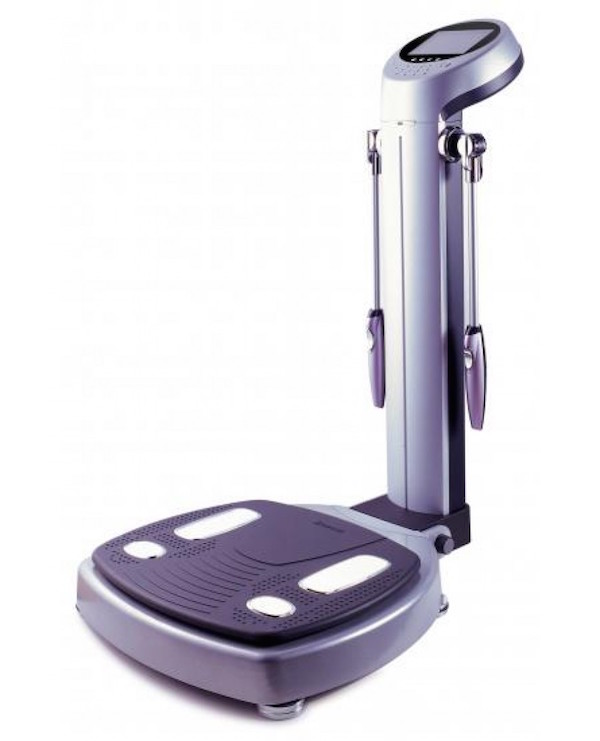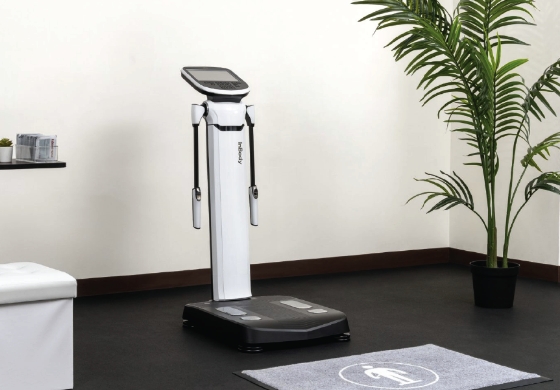Know The Facts
Muscle-Fat Analysis
Compare the bar lengths of Skeletal Muscle Mass and Body Fat Mass. The longer the Skeletal Muscle Mass bar is compared to the Body Fat Mass bar, the stronger the body is. Skeletal Muscle Mass is the amount of muscle attached to the bones. Body Fat Mass is the sum of subcutaneous fat, visceral fat, and fat surrounding muscles. Subcutaneous fat is found beneath the skin, while visceral fat is found surrounding internal organs in the abdomen.
Obesity Analysis
Body Mass Index is an index used to determine obesity by using height and weight.
* BMI = Weight/Height²
Percent Body Fat (PBF) is the percentage of body fat compared to body weight.
* PBF=Fat/Weight x 100

Segmental Lean Analysis
Evaluates whether the muscles are adequately developed in the body. The top bar shows the comparison of muscle mass to ideal weight while the bottom bar shows that to the current weight.
Body Water Analysis
ECW/TBW, the ratio of Extracellular Water to Total Body Water, is an important indicator whether the body water is balanced.
Body Composition History
Track the history of body compositional changes. Take the InBody Test periodically to monitor your progress. Continuously measuring under the same ID allows the InBody to save each test for future comparison. The Body Composition History allows an individual to track the changes in body composition over their most recent eight results (if selecting ‘Recent’) or a cumulative graph that shows the progress from the first test results to the most recent results (if selecting ‘Total’).

Disclaimers
- Patients will be charged $100 consultation fee for all medical and weight loss appointments. If a patient purchases the Total Med consulted service or treatment within 48 hours of their appointment, the $100 consultation fee will be applied toward the purchase price of the Total Med service/treatment. Otherwise, consultation fee is non-refundable.












